In the realm of Middle Eastern and Mediterranean cuisine, two iconic dips have gained worldwide popularity and recognition, Baba Ganoush and Hummus.
While both dips share similar ingredients they are separated by the distinct flavors.
As a Lebanese foodie who grew up on both these dips, I’ll dive into the key differences between Baba Ganoush and Hummus in this article.
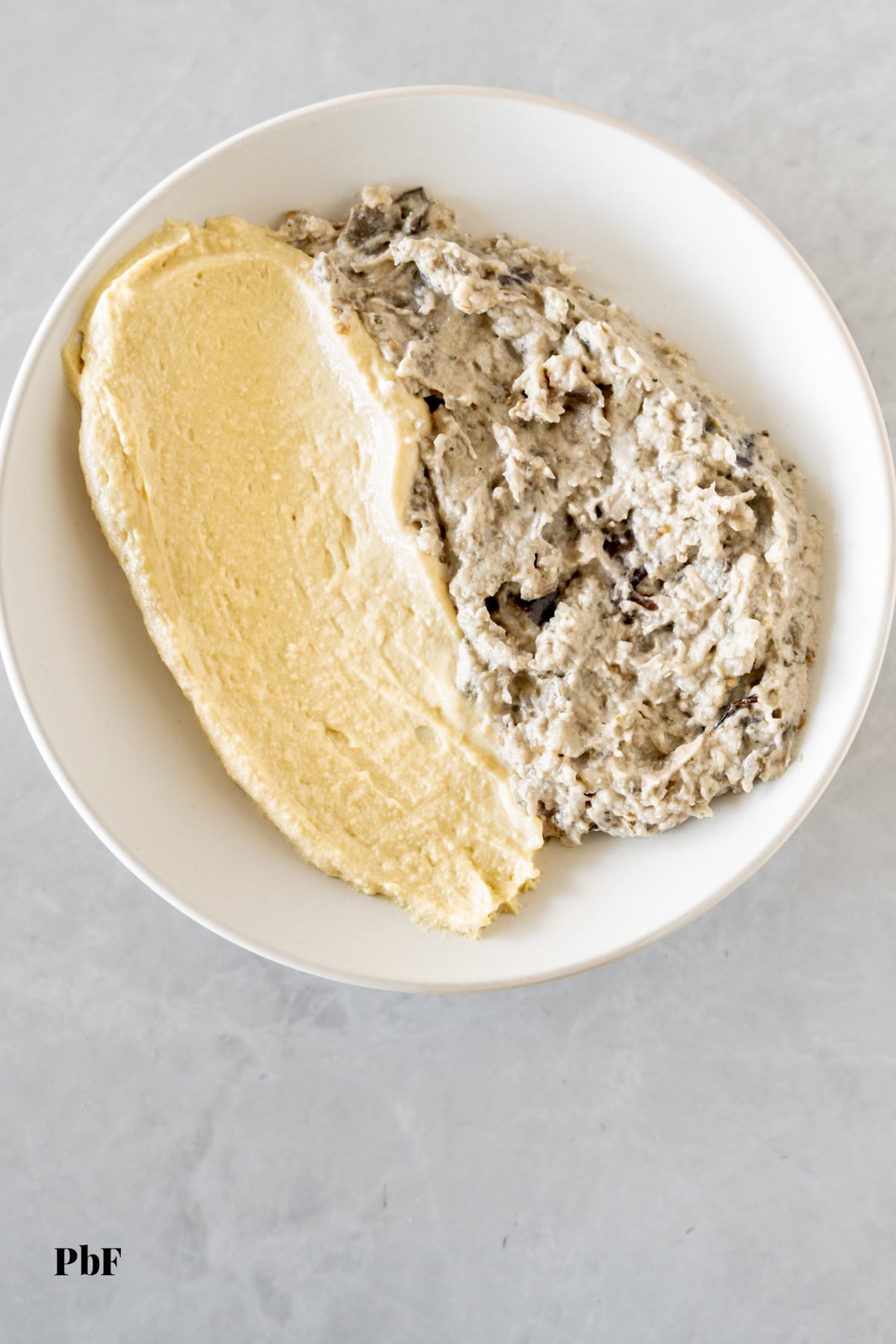
Origins and History
Where Did Baba Ganoush Come From?
Baba Ganoush, also known as baba ghanouj (this is the way my Lebanese family says it) hails from the Levant region (Lebanon), tracing its roots back to ancient Mesopotamia (modern Iraq and parts of Iran, Lebanon, Kuwait, Syria, Turkey and other nearby countries).
There are a few narrations of where the name baba ganoush comes from.
The Arabic words “baba” translates to father, and “ganoush” translates to “spoilt or flirt”.
When I question the elders in my family about its origins, they reply with “It was probably because a father was spoilt with food and this eggplant dip was his favorite".
Another narration is that a Christian Priest was spoilt by his beloved followers who showered him with gifts including this eggplant dip, which, yep you guessed it, was his favorite.
The other folk tale tells of a Sultan's love for the eggplant dip, so they nicknamed it after him.
Whichever story it is, it is clear to see the common denominator is that a male was involved, so there must be some truth in these stories somewhere.
If you've heard it differently, please comment below, I would love to hear it.
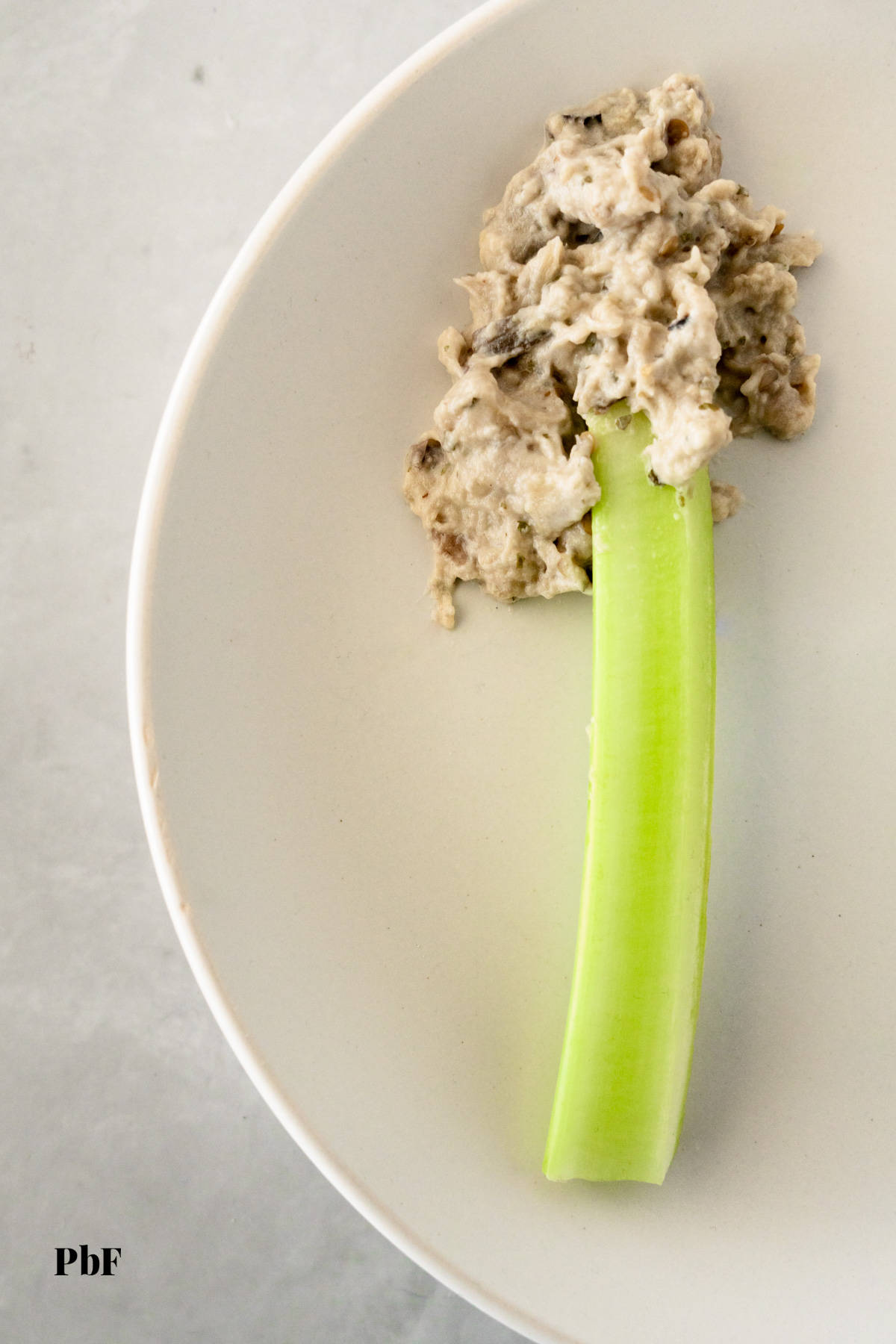
Where Did Hummus Come From?
Hummus, on the other hand, finds its origins in Egypt, with evidence of its existence dating back to the 13th century.
The Arabic word “Hummus” is the literal translation for chickpeas.
No folk story here.
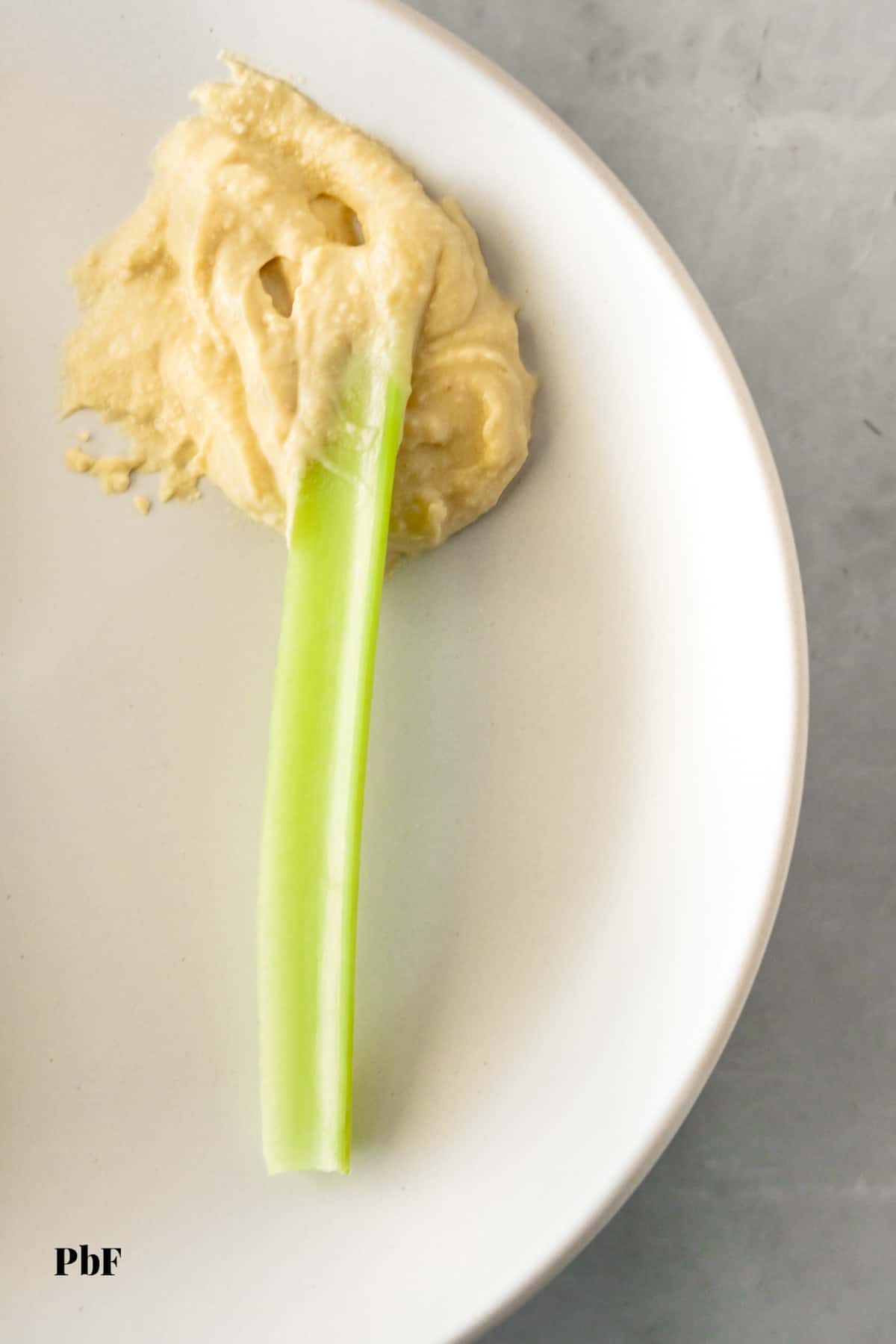
Ingredients Difference Between Baba Ganoush and Hummus
| Ingredient | Hummus | Baba Ganoush |
| Main Flavor | Chickpeas | Eggplant (either smokey or nonsmokey) |
| Lemon juice | Yes | Yes |
| Tahini | Yes | Yes |
| Garlic | Optional | Optional |
| Olive oil | For topping | For topping |
| Water/ice | For adjusting the consistency, if needed | No |
| Salt | Yes | Yes |
| Yogurt | Never | Optional |
Flavor Profiles
As noted in the above ingredients comparison table between the two dips, the main flavors are contrastingly different being eggplant vs chickpeas.
Baba Ganoush entices with its rich and smoky essence from the eggplants, complemented by the creaminess of tahini and the tang of lemon juice. Sometimes it include yogurt, which can make it non-vegan.
Hummus, on the other hand, boasts a creamy and nutty profile, with the earthiness of chickpeas beautifully balanced by the nuttiness of tahini and the brightness of lemon juice. Generally, homemade hummus is vegan.
Some recipes may call for additional flavorings.
Texture Profiles
Baba Ganoush tends to be a little more textured with small chunks of eggplant over hummus which is smooth as the chickpeas blend effortlessly.
However, both have a creaminess to them.
These textural differences add to the uniqueness of each dip, catering to different taste preferences.
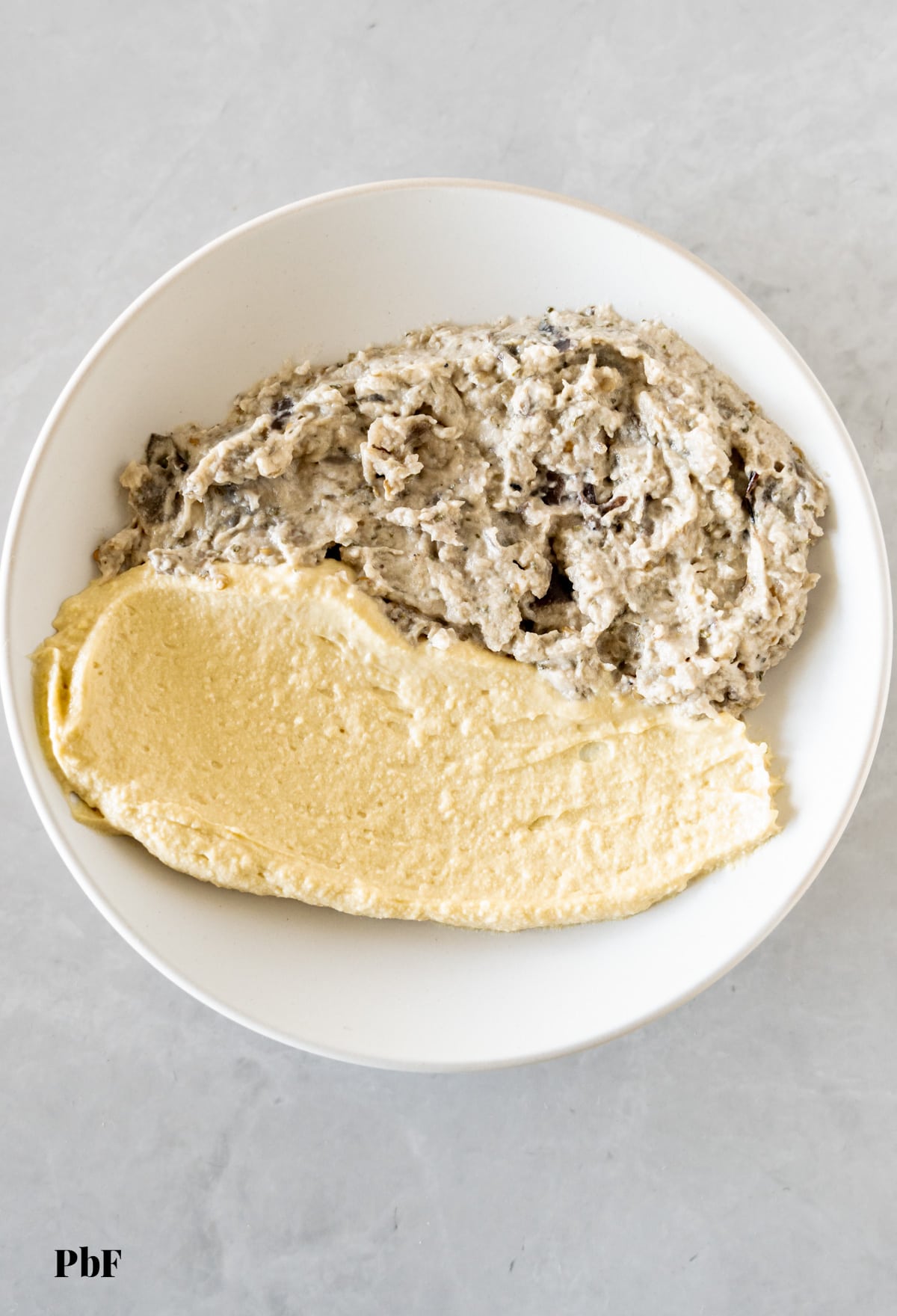
Baba Ganoush vs Hummus Nutrition
Whilst comparing the two dips like for like will depend on the exact ingredients used for each dip, generally speaking, both dips offer good amounts of nutritional value.
Baba Ganoush is generally lower in calories and carbohydrates compared to Hummus. Its primary ingredient is roasted eggplant.
Hummus, on the other hand, is slightly higher in calories and carbohydrates due to its main ingredient, chickpeas.
Additionally, the tahini, olive oil, and garlic used in the preparation of hummus and baba ganoush contribute essential nourishment. However, the caloric content can vary based on the amount of oil and tahini used in the recipe.
Preparation Methods of Baba Ganoush and Hummus
Upon cooking the chickpeas for Hummus and the eggplants for Baba Ganoush, the preparation methods for both dips involve blending (modern times use food processors) or mashing (our ancestors used a mortar and pestle) the ingredients together, with slight variations across different recipes and regions.
Authentic Recipes
As mentioned earlier, having grown up on hummus and baba ganoush, I can’t say I have a preference for one over the other, it usually depends on my mood as well as the foods I am eating.
I love both dips, so below use my Lebanese family’s authentic dip recipe to create different flavor variations.
I've noted what to serve with hummus in this linked article.
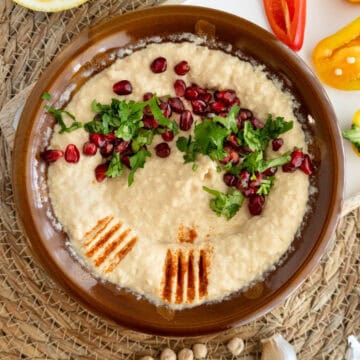
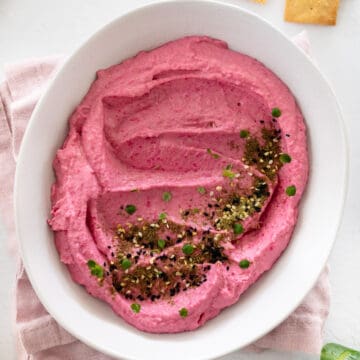
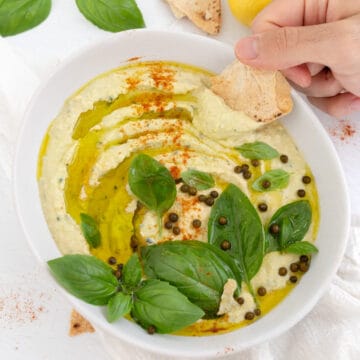


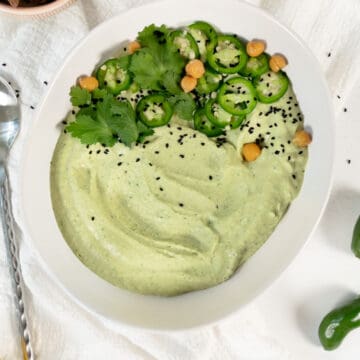
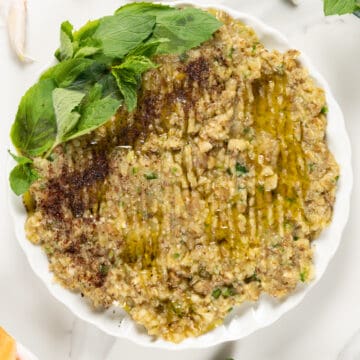
It’s easy to make comparisons between the Baba Ganoush versus Hummus, due to the similarity in the ingredients and the method of preparation, however the flavors are vastly different.
These Mediterranean/Middle Eastern dips encapsulate the essence of a rich culinary heritage and offer tantalizing flavors. Whether you find yourself wanting to jazz up a sandwich, or wanting to tuck into these dips with other foods, you will surely be delighted by what each has to offer.
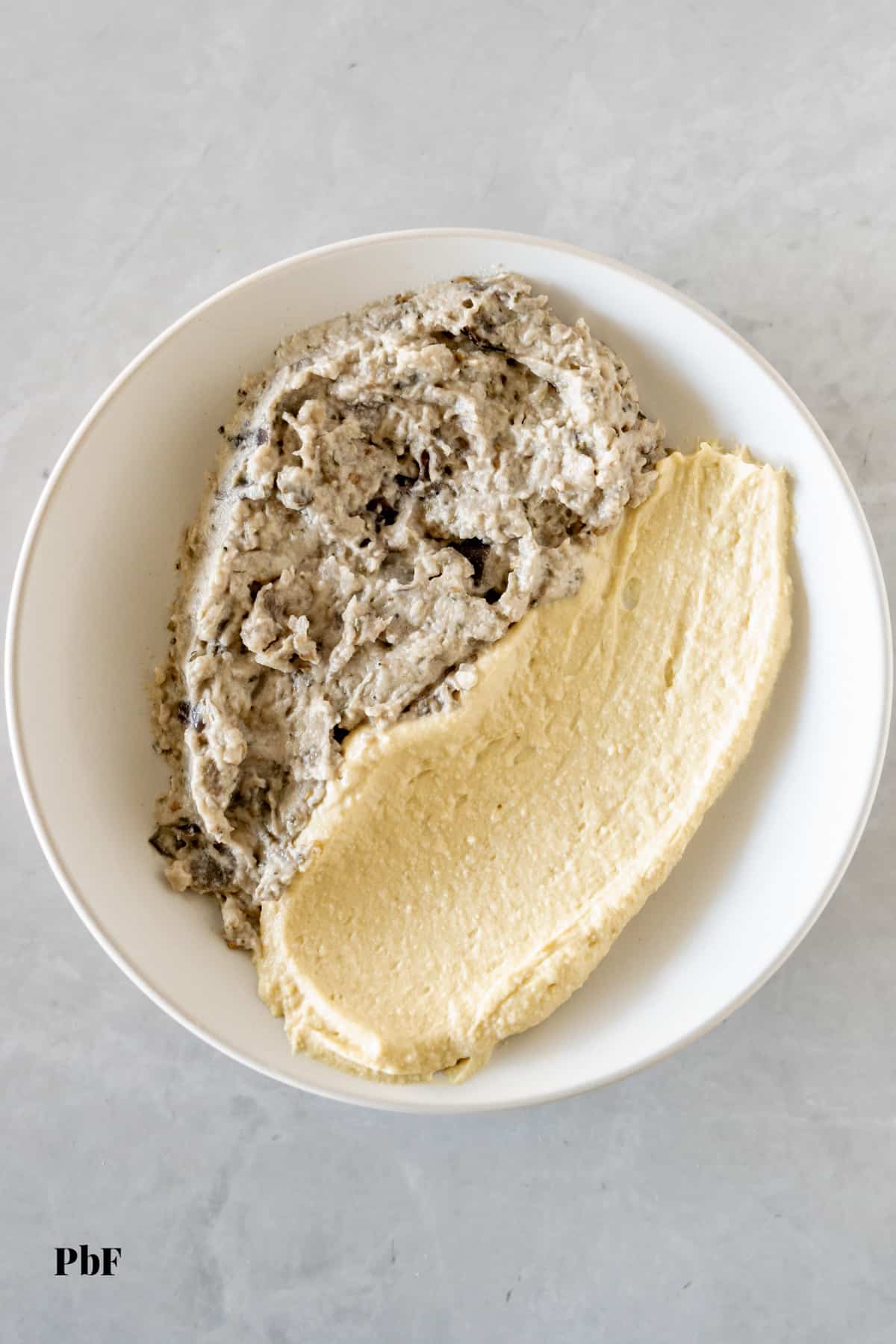
Do you have anything you'd like to add? I'd love to know! Leave a comment tag @plantbasedfolk on social media.

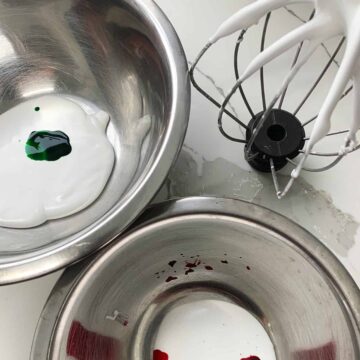
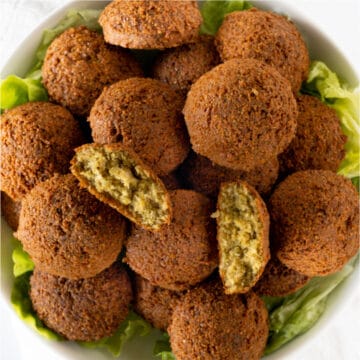
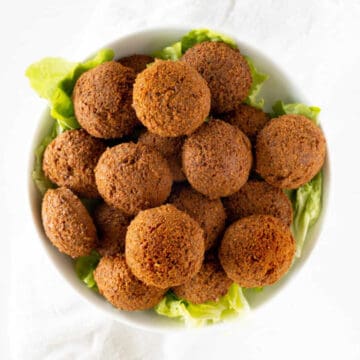
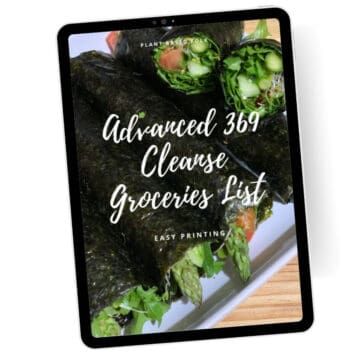
Comments
No Comments